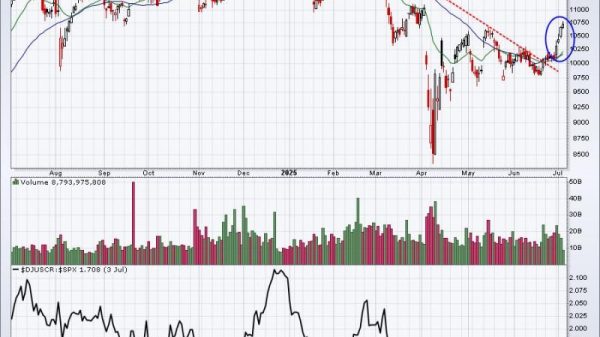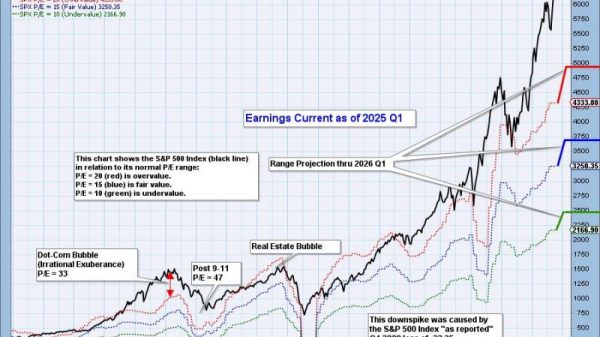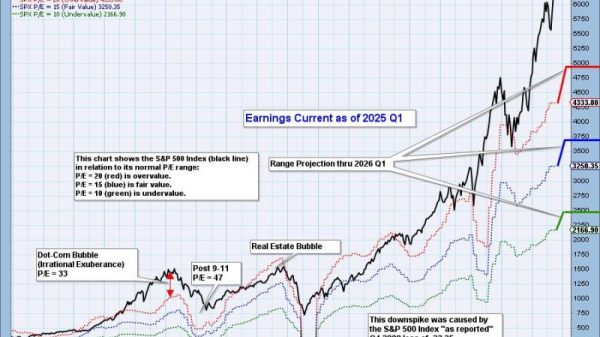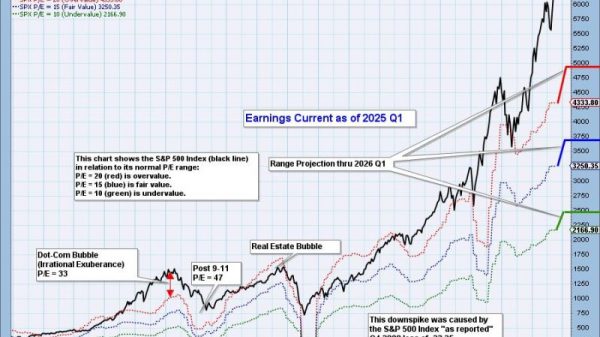When it comes to spending money in retirement, there’s one rule of thumb — the 4% rule — that has persisted for decades.
The 4% withdrawal rule calls for retirees to withdraw that portion from their investment portfolio in the first year of retirement. In each subsequent year, the amount of those withdrawals is adjusted for inflation.
Financial planner William Bengen first identified the 4% rate as a sweet spot for safe withdrawals in 1994.
Since then, the world — and retirement — has changed.
Yet 61% of financial advisors are still using the 4% withdrawal rule, according to research from David Blanchett, managing director and head of retirement research at PGIM DC Solutions.
Now, researchers are looking at the most effective ways to integrate the 4% rule with today’s portfolios.
Many baby boomers face a challenge of how to maintain their lifestyle once they retire.
Social Security benefits typically replace about 40% of a worker’s pre-retirement income.
Annuities may help provide another source of guaranteed income. However, many people do not seek those products when they retire, due to their complexity and difficulty selecting among the various products.
TIAA has launched a new metric to show why the 4% rule combined with an annuity can provide a higher amount of income than just using the 4% rule alone. (TIAA’s analysis is based on the use of one of its own fixed annuities that provides a guaranteed rate of return.)
For example, if a retiree has $1 million in total savings, the 4% rule would provide them with $40,000 in their first year of retirement.
However, if the same retiree instead converts $333,000 of their $1 million balance to an annuity, that may boost that income to $52,667, according to TIAA. That is based on the combined income of the annuity and a 4% withdrawal on the remaining $666,667 portfolio.
The first-year withdrawal of the annuity strategy — $52,667 versus $40,000 — is 32% higher and $1,056 more per month than just using the 4% rule.
“Retirees never know how much they’re allowed to spend,” said Benjamin Goodman, vice president at TIAA Institute.
“And with an annuity, you know exactly what you can spend, the check, because you’re going to get another one next month,” he said.
One reason more investors do not buy annuities may have to do with their financial advisors.
“It’s rare that we recommend them, but they are applicable in some circumstances,” said Colin Gerrety, a certified financial planner and client advisor at Glassman Wealth Services in Tysons Corner, Virginia.
To be sure, annuities are not a fit for all investors, particularly those who have poor health habits or conditions that may prevent them from living long lives, Goodman said.
But because of the income certainty annuities can provide, they may catch on, Blanchett predicts.
“I think that we’re going to see more and more advisors realize that you cannot create the same kind of outcomes and certainty by managing a portfolio as you can having a retiree allocate their savings to a product that provides lifetime income,” Blanchett said.
Retirees may also get guaranteed income from Treasury Inflation Protection Securities, or TIPS, according to Morningstar. Specifically, a TIPS ladder of bonds with varying maturity dates can provide steady income and inflation protection.
The 4% rule has its blind spots when applied to today’s retirees, according to recent research from Blanchett.
In addition to ignoring other income streams like Social Security, the 4% model also falls short in that it does not provide a lot of spending flexibility.
Retirees who are depending on their savings to fund essential expenses would want to have a conservative approach.
However, those who have can withstand more market fluctuations may have more flexibility with withdrawal rates.
For those retirees, the 4% rule likely will provide an outdated recommendation.
“It’s going to be too low for most people who are retiring at a reasonable age,” Blanchett said.
While the 4% rule may be useful to gauge how much savings an investor needs when they first enter retirement, it’s not meant to be an ongoing distribution framework, he said.
The 4% rule is difficult to apply to every single person across the board, particularly as they are subject to different tax rates and have different risk profiles and cash flow needs, Gerrety said.
“Very rarely have I ever seen a client who just withdraws 4% of their portfolio every year, and calls it a day,” Gerrety said. “Things tend to be a lot lumpier and a lot messier than that.”

































